Hello and welcome!
I hope you all had a safe and enjoyable Memorial Day holiday! Of course, this is the time of year when we celebrate many significant milestones in our families, and we had some important events in our archdiocesan family this week, as well.
Last Thursday, we had our Mass and commencement for graduates of the Theological Institute at St. John’s Seminary. The Theological Institute is a program for theological and pastoral formation for laypeople, deacons and religious. When the program began, it offered a Master of Arts in Ministry degree, but in recent years, it has also begun offering a Master of Theological Studies degree.

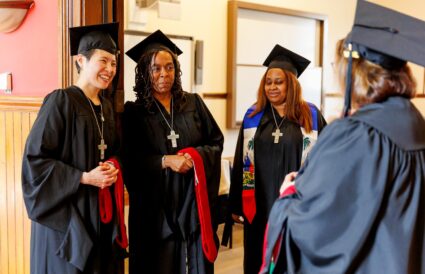
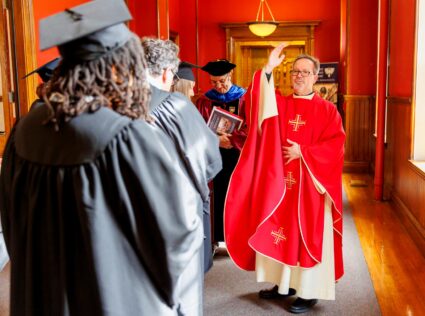
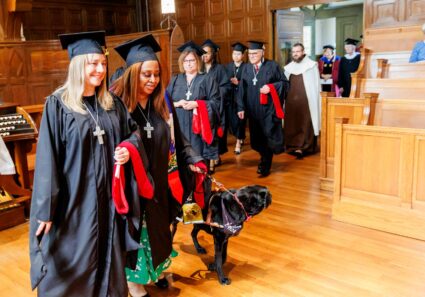
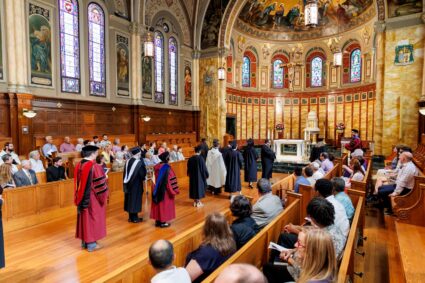
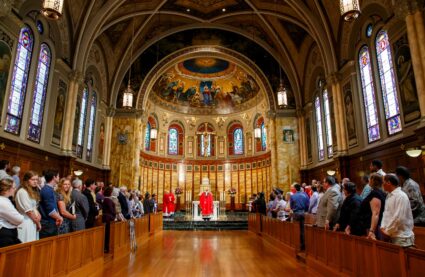
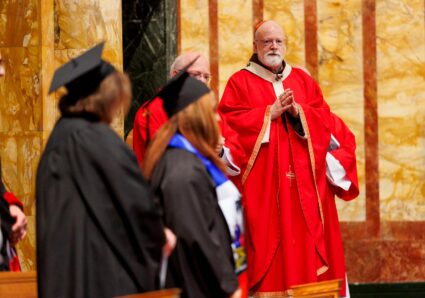
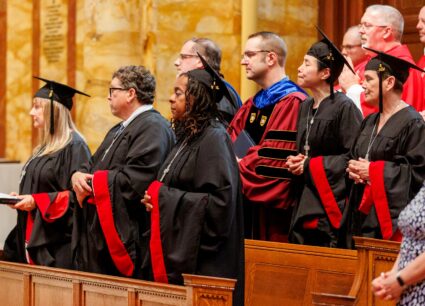
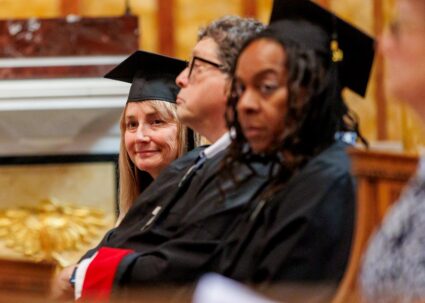
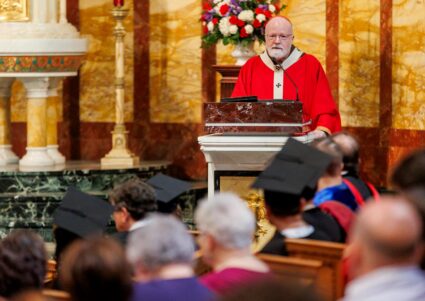
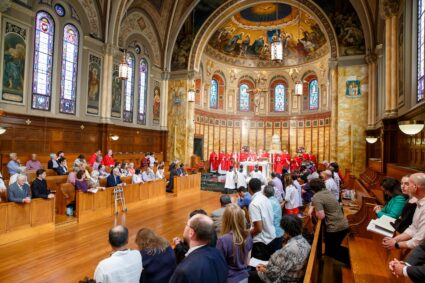
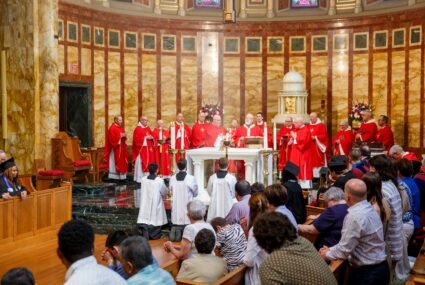
This year, we had 11 graduates, including two of our permanent deacons and Lorna DesRoses, who works with us at the Pastoral Center.

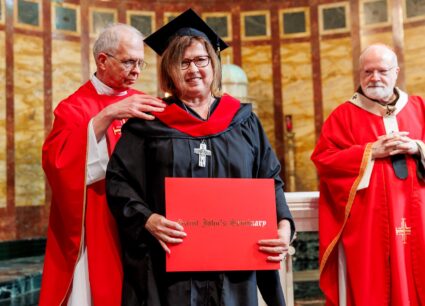
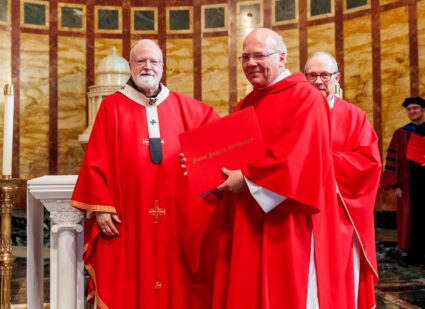
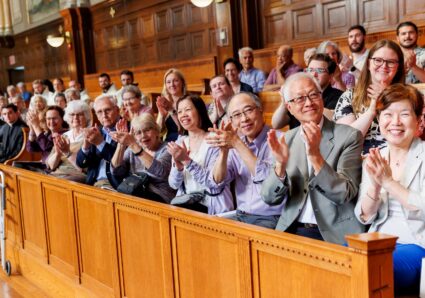
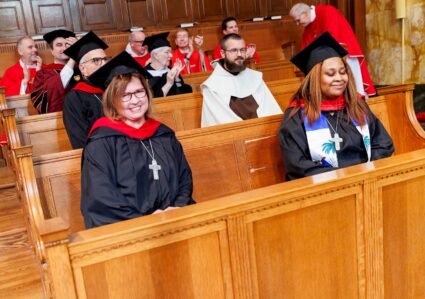
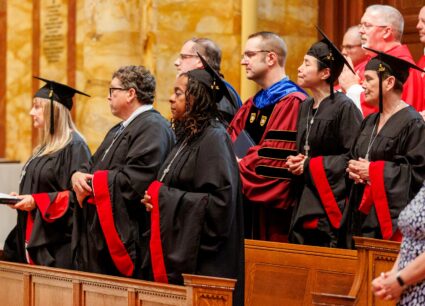
In my closing remarks, I congratulated the graduates on their achievement and also thanked the families for making the sacrifices for, in some cases, several years to allow the students to earn their degrees and be better prepared to serve the Church in Boston.
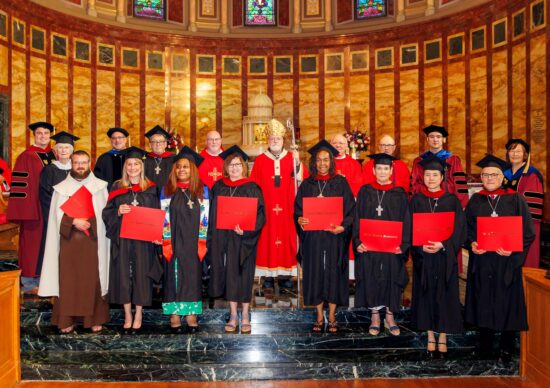
At the end of the Mass, the institute’s director, Dr. Anthony Coleman, gave a special recognition to Father Paul Ritt, who was instrumental in helping establish the program.
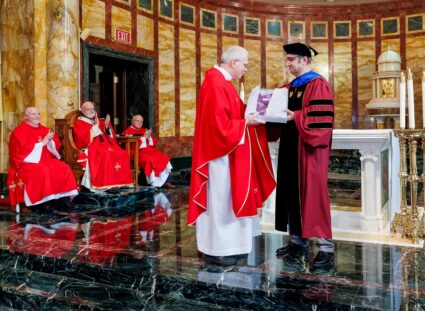
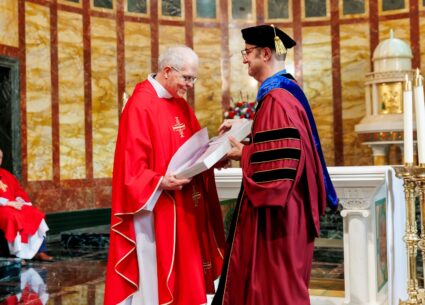
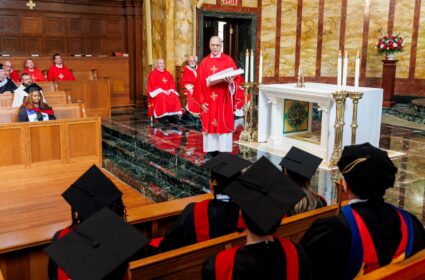
That evening, I was very happy to attend the Cardinal Cushing Centers’ annual Springtime Gala.
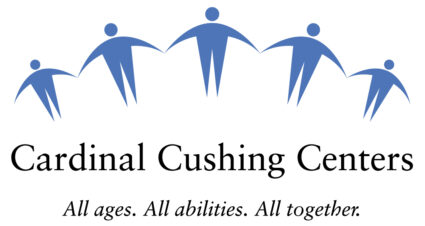
Cardinal Cushing founded what was originally called St. Coletta by the Sea in 1947 to primarily serve children with Down syndrome. However, over the years, it has expanded to offer a variety of programs to both children and adults with intellectual disabilities.
Earlier this year, several of the Sisters of St. Francis of Assisi from Wisconsin and Michelle Markowitz, President and CEO of the Centers, visited me to share their plans for ensuring the long-term continuance and expansion of their work to provide people of all ages and abilities a place to find opportunity and hope. The archdiocese and all those who are part of the Centers’ community are blessed by the Sisters’ vision and commitment to their mission.
The gala program included a lot of involvement by young men and women from the Centers, including their participation in the fashion show. Also, during the evening, Jim Dunphy and Meg Kelleher were honored for their many years of volunteerism and professional support for the Centers.
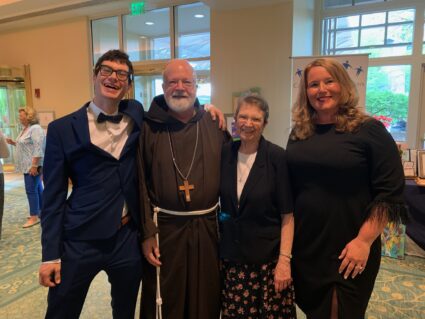
As I mentioned last week, the Centers’ property includes a replica of the Portiuncula Chapel in Assisi, which Cardinal Cushing commissioned. His closeness to the community at the Centers, particularly the children cared for by the Sisters and their colleagues, led him to designate that chapel as his final resting place.
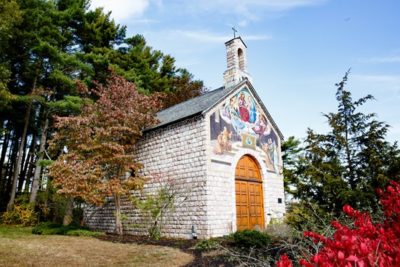
Saturday morning, we had the joy of ordaining 11 men to the priesthood at the Cathedral of the Holy Cross.
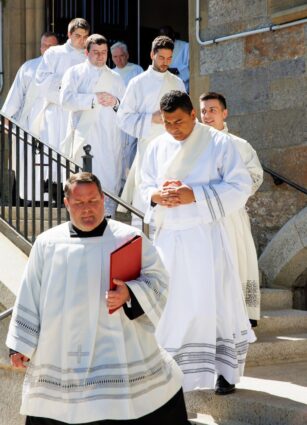
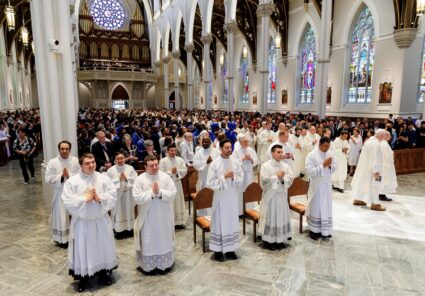
It was so encouraging to see the large number of people who came out to support our new priests. There had to be more than 2,000 people with us at the cathedral, which was just packed. It was standing-room-only, with people lining the side aisles, standing for the whole Mass, which went more than three hours.

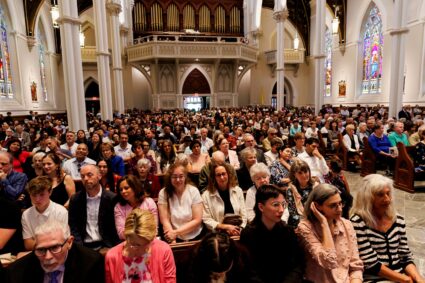 Hundreds of priests and eight bishops also joined us. (I joked that we could practically hold an ecumenical council!)
Hundreds of priests and eight bishops also joined us. (I joked that we could practically hold an ecumenical council!)
This was a very diverse ordination class, and there was great representation from the Hispanic, Vietnamese and Cameroonian communities.
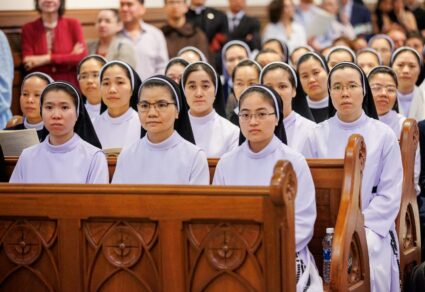

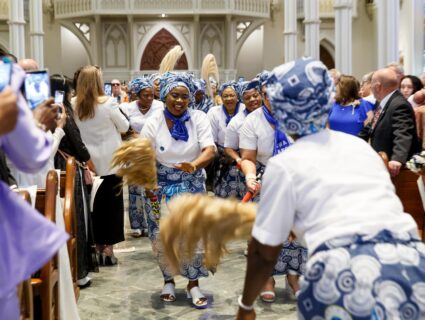

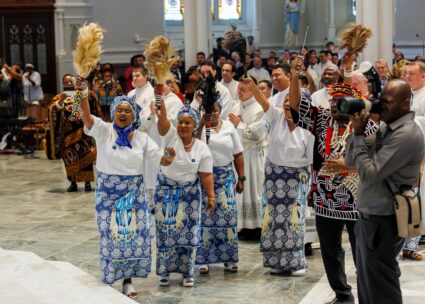
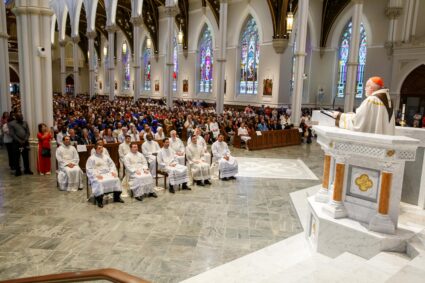
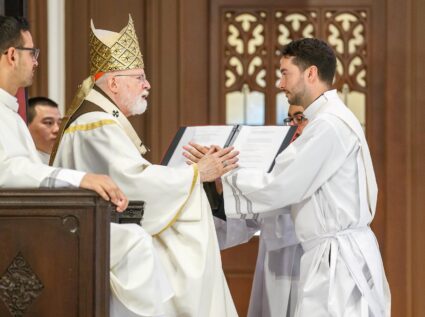
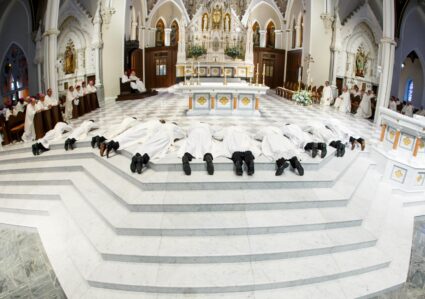
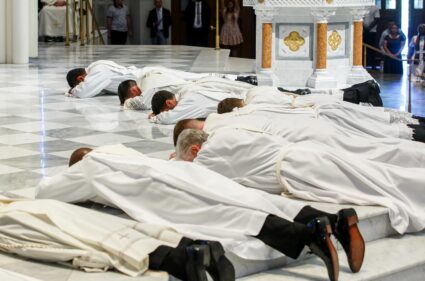
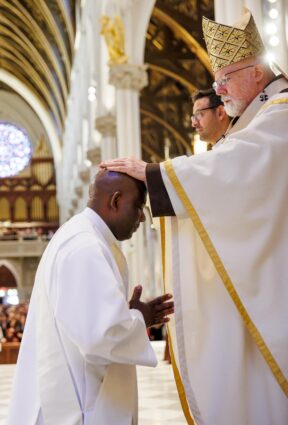
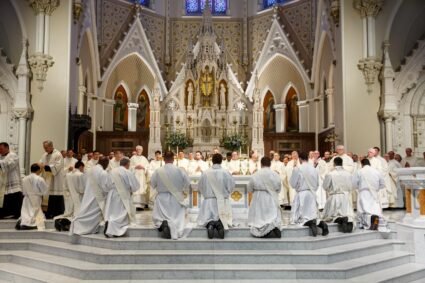
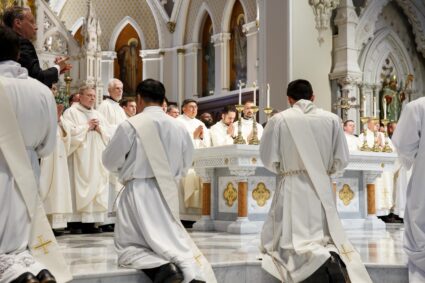

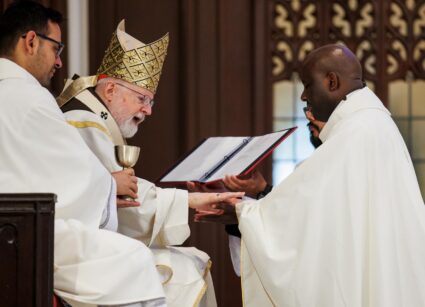

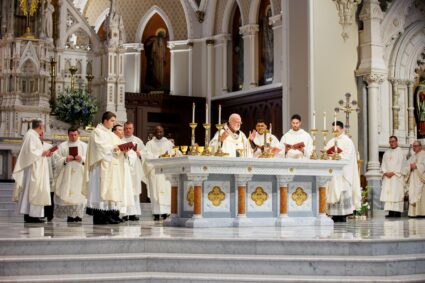
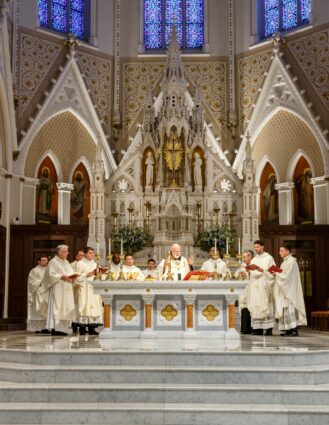
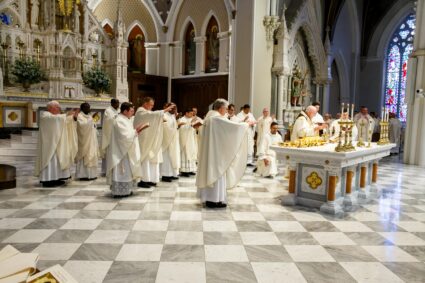
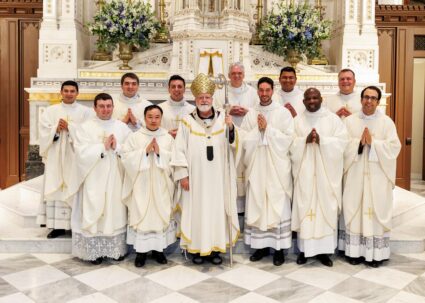
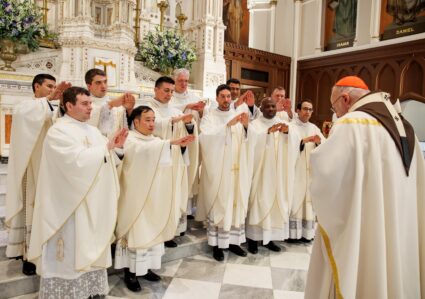
Wednesday, I attended Catholic Charities of Boston’s annual Spring Celebration. It was a wonderful event that raised nearly $1.5 million to support Catholic Charities’ important work aiding the most vulnerable in our communities.

Our emcees for the evening were Jack Connors and Father John Unni, who did a wonderful job.
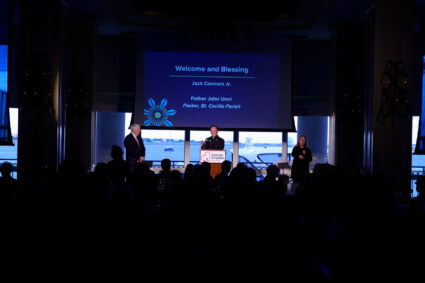
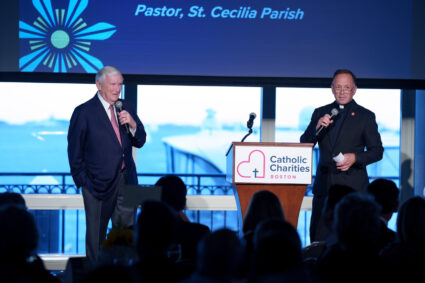
During the evening, we heard remarks by Governor Maura Healey, Catholic Charities President and CEO Kelley Tuthill, and Board Chair Mark Kerwin, who highlighted the many needs the agency is working to address.
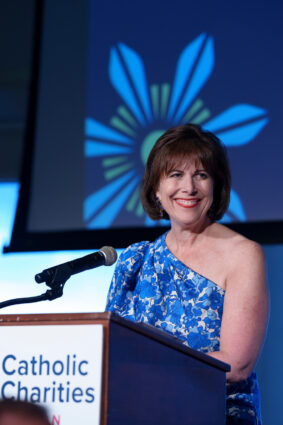
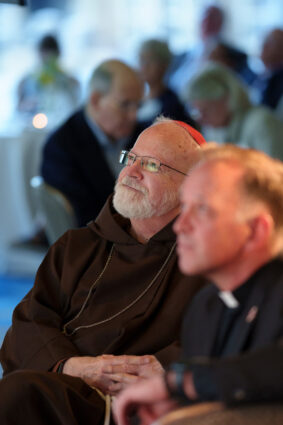
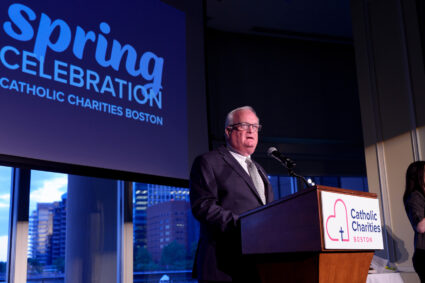
Each day, Catholic Charities works with state and local governments to address the pressing needs in the communities we serve. In particular, the Commonwealth has been a great support for our efforts to respond to the extraordinary circumstances of the current refugee crisis. By way of ongoing partnerships with local governments, Catholic Charities strives each day to meet the critical need to increase the availability of safe, affordable housing, address the increasing experience of food insecurity, provide quality child care, especially for single parents, and offer English language instruction for newly arrived immigrants and refugees.
I was also deeply honored and humbled to receive this year’s John and Virginia Kaneb Justice and Compassion Award.
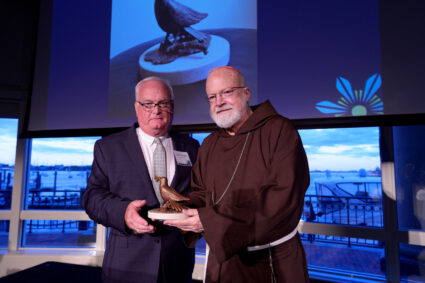
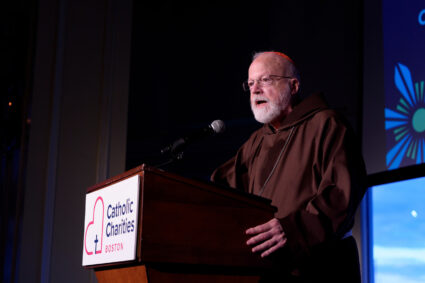
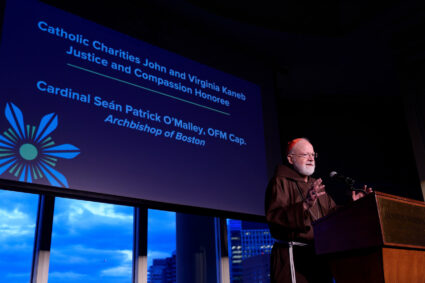
We are so grateful to the leadership and staff of Catholic Charities, who worked so hard to make the gala a success, and also to all the benefactors and supporters who are making such an important difference in the lives of those we are committed to serving.
Finally, I want to conclude this week by saying how saddened we were to learn of the passing of Bishop George Coleman, who succeeded me as the Bishop of the Diocese of Fall River.
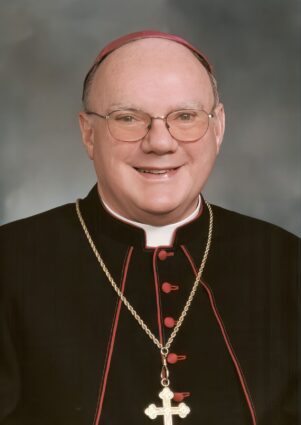
From 2003 to 2014, Bishop Coleman served as a compassionate, caring, and dedicated shepherd for all the people of the Fall River Diocese. He was often noted for his peaceful demeanor and always present kindness.
When I was bishop in Fall River, Bishop Coleman provided me important support by serving as my Vicar General and Moderator of the Curia for eight years, and he generously accepted the role of Diocesan Administrator following my transfer to the Diocese of Palm Beach.
In 2003, Pope St. John Paul II named him bishop of the diocese, an appointment that was received with great joy by priests and people of Fall River. In addition to his having carefully guided the diocese through challenging times in the life of the Church, Bishop Coleman is well remembered for his humility and genuine concern for all the people, regardless of their circumstances.
We thank God for Bishop Coleman’s life and ministry and call upon his prayers and intercession, with confidence in his place among the saints and angels in the presence of the Lord. May he rest in peace.
Until next week,
Cardinal Seán
